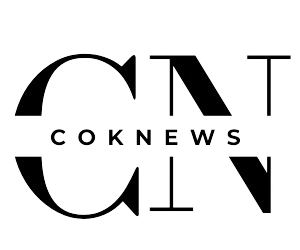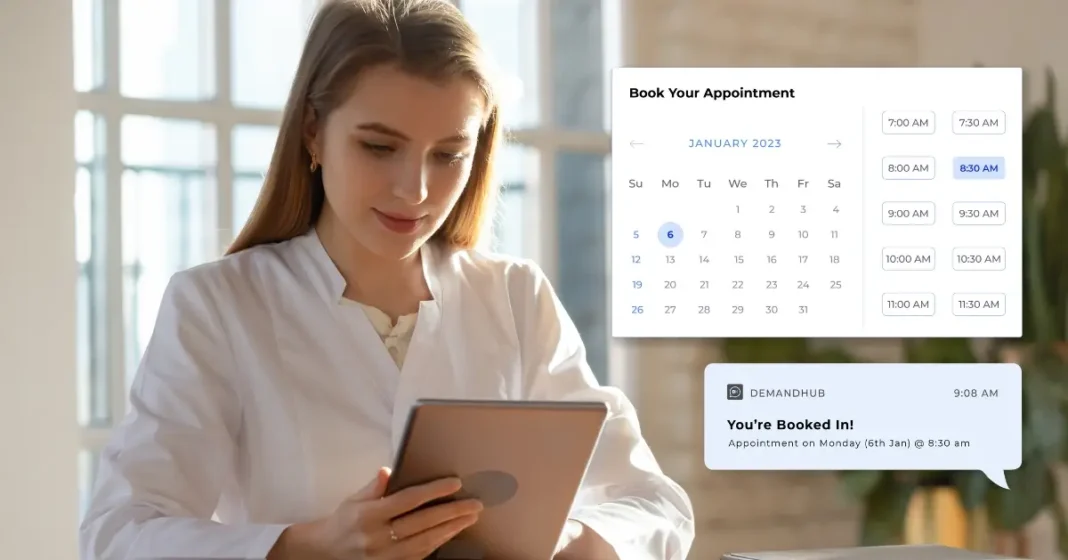Efficient appointment scheduling is at the heart of a smooth healthcare experience. Research shows that missed appointments cost the U.S. healthcare system over $150 billion yearly, with individual physicians losing up to $200 per unused time slot. Long wait times, double bookings, and scheduling errors can disrupt operations and impact patient satisfaction. As the demand for streamlined services grows, appointment scheduling for healthcare professionals has become a critical component of practice management. This article outlines seven strategies to help healthcare professionals optimize their scheduling process, ensuring better outcomes for patients and providers.
1. Implement Online Appointment Scheduling Systems
The shift to digital solutions has transformed many aspects of healthcare, and scheduling is no exception. Using an online appointment scheduling system reduces the risk of human error, eliminates the need for manual processes, and allows patients to book appointments at any time. With features like automated reminders, real-time availability, and the ability to reschedule online, these systems streamline operations and minimize no-show rates.
According to a recent survey, 84% of patients prefer practices that offer online scheduling options. By implementing a robust scheduling platform, healthcare professionals can meet patient expectations, improve accessibility, and enhance overall satisfaction.
2. Leverage Automated Appointment Reminders
Missed appointments significantly impact patient care and practice revenue. Studies show that up to 30% of patients miss their appointments, mainly due to forgetfulness. Automated reminders—via SMS, email, or phone—can reduce no-shows by up to 38%, ensuring that patients are informed of their upcoming visits.
When integrated with an online appointment scheduling system, automated reminders can be customized to fit the practice’s needs. This offers patients a convenient way to confirm or reschedule their appointments. This approach optimizes the scheduling process and enhances Customer Experience Management by demonstrating a commitment to patient convenience and care.
3. Offer Flexible Scheduling Options
Patients today are increasingly expecting flexibility in scheduling. This means accommodating different appointment types, such as in-person visits, virtual consultations, or follow-up appointments, to meet diverse patient needs. A study by Accenture found that 77% of patients believe that being able to schedule, change, or cancel their appointments online is important.
Integrating virtual visit scheduling into the system is especially critical in today’s healthcare environment, where remote consultations have become a standard option. Ensuring that these are easily accessible through your appointment scheduling for healthcare professionals platform can help meet patient expectations and expand access to care.
4. Optimize Staff Scheduling to Match Demand
A well-structured staff schedule is just as important as patient scheduling. Analyzing appointment data can reveal peak hours, seasonal trends, and common appointment types, allowing managers to allocate staff more effectively. For instance, 80% of healthcare visits occur during specific hours of the day, typically between 9 AM and 11 AM. When staff availability aligns with patient demand, wait times decrease and the patient experience improves.
By using a scheduling tool that provides visibility into both patient and staff calendars, healthcare providers can manage resources more efficiently, ensuring that their team is neither overburdened nor underutilized.
5. Use Data to Personalize the Scheduling Experience
Personalization is a key element in Customer Experience Management and should extend to the appointment scheduling process. Collecting and utilizing patient data can help tailor scheduling options to individual needs. For example, patients with chronic conditions often require two to three times more appointments per year compared to the average patient.
Personalized scheduling improves patient engagement and ensures that healthcare providers have adequate time for each appointment, contributing to better patient outcomes.
6. Streamline the Check-In Process
A smooth check-in process is closely linked to how well appointments are scheduled. Lengthy paperwork and waiting times can frustrate patients and lead to delays in the appointment flow. Implementing pre-visit registration through the same online appointment scheduling platform can help minimize wait times and ensure patients are seen promptly.
Statistics show that 67% of patients prefer completing paperwork before their visit if given the option. Pre-registration allows patients to complete necessary forms online before their visit, saving time and reducing the administrative burden on staff.
7. Regularly Review and Update the Scheduling System
Finally, it’s crucial to evaluate and improve the scheduling process continuously. Regularly reviewing appointment data, patient feedback, and staff input can highlight areas for improvement. This might include adjusting time slots, adding new scheduling features, or updating the appointment scheduling for healthcare professionals system to keep up with changing patient needs and industry standards.
An up-to-date system ensures that healthcare professionals can respond quickly to new challenges and continue providing a high standard of care. A proactive system management approach keeps patients and staff engaged and satisfied.
Conclusion
Efficient appointment scheduling is essential for healthcare professionals to maintain smooth operations and deliver a positive patient experience. Implementing these strategies—from adopting online appointment scheduling systems to personalizing the scheduling process—can optimize healthcare management and enhance patient satisfaction. Nemo-Q can help streamline your scheduling and improve Customer Experience Management; visit Nemo-Q.




